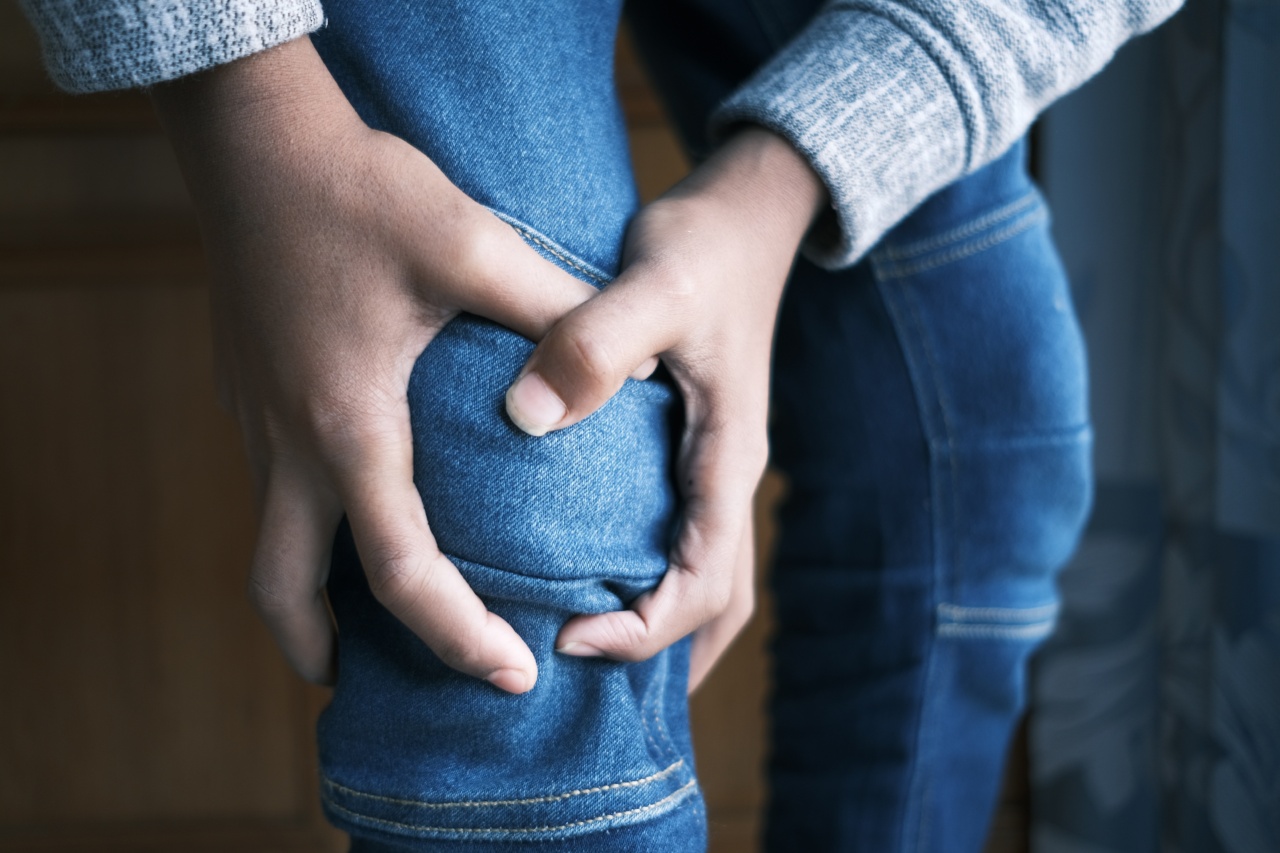For many individuals, knee pain can be a common occurrence while climbing stairs. This issue can significantly impact one’s ability to perform daily activities and lead to a decrease in overall quality of life.
In order to effectively address and manage knee pain on stairs, it is essential to explore the underlying causes that contribute to this discomfort.
Anatomy of the Knee
Before delving into the causes of knee pain on stairs, it is important to have a basic understanding of the knee’s anatomy.
The knee is composed of various structures, including bones, muscles, tendons, and ligaments, that work together to facilitate movement.
1. Patellofemoral Pain Syndrome
One of the primary causes of knee pain on stairs is patellofemoral pain syndrome (PFPS).
This condition is characterized by knee pain around the patella (kneecap) and is commonly experienced while climbing stairs or engaging in activities that involve repetitive knee movements.
2. Knee Osteoarthritis
Knee osteoarthritis is another significant factor contributing to knee pain on stairs.
This condition occurs when the protective cartilage cushioning the knee joints wears down over time, leading to pain, stiffness, and swelling, particularly during weight-bearing activities like climbing stairs.
3. Meniscal Tears
Meniscal tears, which involve damage to the rubbery cartilage discs that cushion the knee joint, can also result in knee pain on stairs. These tears can occur due to sudden twisting movements or wear and tear from repetitive activities over time.
4. Patellar Tendonitis
Patellar tendonitis, also known as jumper’s knee, is an overuse injury that causes pain and inflammation in the tendon that connects the patella to the tibia.
This condition often arises from repetitive jumping or stair-climbing activities, leading to pain specifically while ascending or descending stairs.
5. IT Band Syndrome
Iliotibial (IT) band syndrome is a common cause of knee pain, particularly in runners, but it can also contribute to discomfort on stairs.
The IT band is a thick band of fibrous tissue that runs along the outside of the thigh, and when it becomes tight or inflamed, it can lead to knee pain while going up or down stairs.
6. Patellar Tracking Disorder
Patellar tracking disorder refers to a misalignment of the kneecap, causing it to shift or slide out of place during movement.
This misalignment can result from muscular imbalances, trauma, or structural abnormalities, leading to knee pain on stairs and other weight-bearing activities.
7. Bursitis
Bursitis refers to the inflammation of the bursae, small fluid-filled sacs that cushion and lubricate the joints. When the bursae in the knee become inflamed, typically due to repetitive movements or trauma, knee pain on stairs can develop.
8. Ligament Injuries
Ligament injuries, such as anterior cruciate ligament (ACL) tears or sprains, can cause knee pain on stairs.
These injuries often arise from sudden twisting or hyperextension of the knee joint, leading to instability, swelling, and discomfort during activities involving stairs.
9. Muscle Imbalances
Muscle imbalances around the knee can also play a role in causing knee pain on stairs.
Weakness or tightness in certain muscles, such as the quadriceps or hamstrings, can affect the distribution of forces during stair climbing, leading to increased stress on the knee joint.
10. Excessive Body Weight
Excessive body weight can place added pressure on the knee joint, increasing the risk of knee pain while climbing stairs.
The extra load can accelerate wear and tear on the knee structures, exacerbating existing conditions or contributing to the development of new ones.
Conclusion
Knee pain on stairs can significantly hinder one’s mobility and quality of life.
By understanding the underlying causes of this discomfort, such as patellofemoral pain syndrome, knee osteoarthritis, meniscal tears, and others, individuals can seek appropriate treatment and management strategies to alleviate their symptoms and regain functional ability.

























